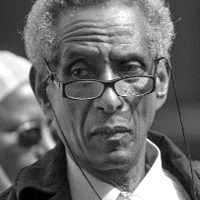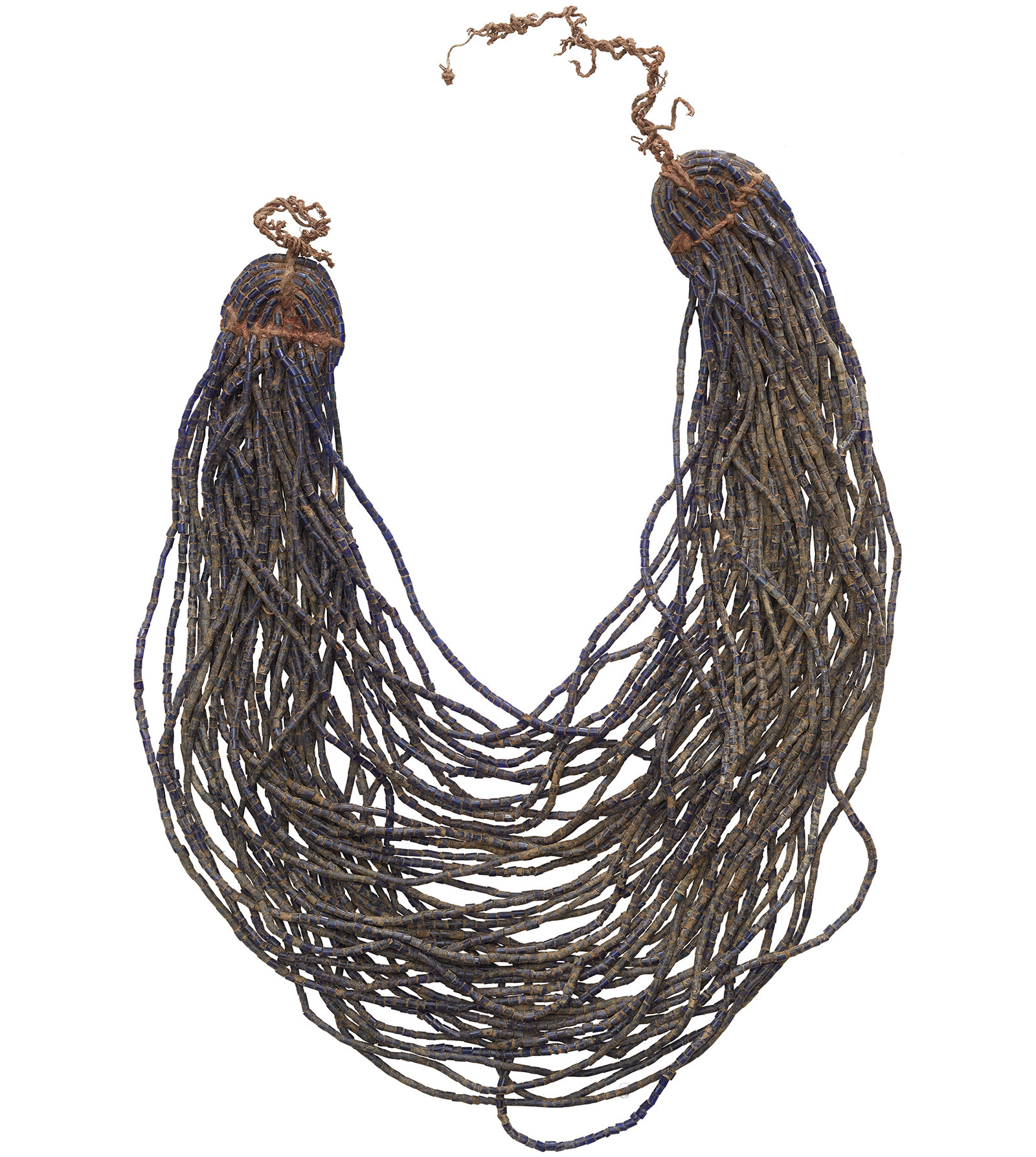'The Origins, Development and Use of Banners During the Mahdia',
Item
Title
'The Origins, Development and Use of Banners During the Mahdia',
Creator
Subject
Article publishesd by Sudan Studies in 2020.
Description
The use of banners by followers of the Mahdīandthe Khalīfa ʿAbdullāhi was an inheritance from Sudan’s Sufi tradition, in which flags were a public expression of individual or collective adherence to a ṭarīqa, or order. ‘Each ṭarīqa,’ wrote Ali Saleh Karrar, ‘had its own standard or flag, rāya, which ... was prominently displayed in the internal and public ceremonies of the orders.’ During the daily zikr, a collective chanting of prayers, invocations and Koranic quotations, the standard of the ṭarīqa’s founding leader was raised at the centre ofa large circle of worshippers.
For the incumbent sheikh of the order, the banner was an important physical symbol of continuity and of his inherited spiritual authority. ‘When religious sheikhs go out to preach,’ noted one of the Mahdī’s European prisoners, ‘they are generally preceded by men bearing flags, on which texts from the Koran are inscribed.’ ‘The shapes, colours and inscriptions written on the flagsvary considerably,’ added Karrar.‘These flags, however, shared some common characteristics. For example, they usually bore the shahāda, or formula “There is no God but God; Muḥammad is the messenger of God”, the name of the ṭarīqaand that of its founder.’"
Nicoll, F and O. Nusairi, 'The Origins, Development and Use of Banners During the Mahdia', Sudan Studies 61 (2020): 17-25
Relation
Linked resources
Filter by property
| Title | Alternate label | Class |
|---|---|---|
 Fergus Nicoll Fergus Nicoll |
Text | |
 Osman Nusairi Osman Nusairi |
Agent |

